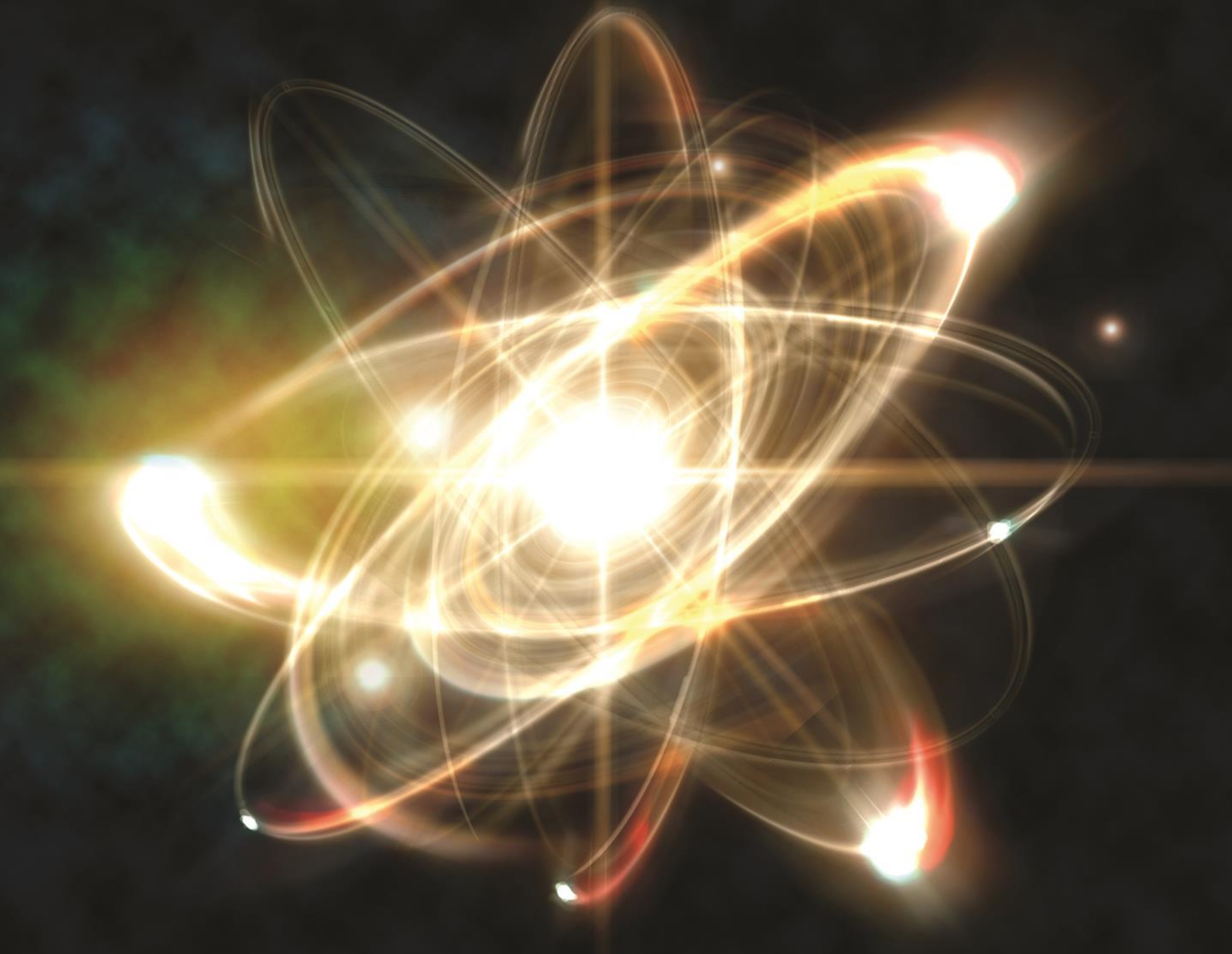The Building Blocks of Matter: Atoms
When we take a look at the human body, we find that we are made up of many different things. Our systems are made up of organs, our organs are made up of tissues, and our tissues are made up of cells. But what makes up the cells? In fact, what makes up any object?
Everything in the universe, except energy, is made up of atoms. Atoms are the basic building blocks that are used for every type of matter in the known universe. They are extremely small and are made up of even smaller particles. There are so many atoms in a given area that it's impossible to count them all: for example, in your hand there are billions of billions of atoms.
There are 3 basic particles that make up an atom: protons, neutrons, and electrons. The center of the atom, or the nucleus, contains both protons and the neutrons. Surrounding the nucleus is the electron cloud, where the electrons are existing in the outermost regions of the atom in electron shells. Protons are positively charged particles, electrons are negatively charged, and neutrons have no charge or are “neutral.”
If everything is made up of atoms, then why doesn’t everything look/feel the same? The reason that there isn’t total uniformity in the universe is because there are different kinds of atoms called elements. However, all atoms have certain characteristics in common. Based on the number of protons in an atom, we can find out which element they are by looking at the periodic table. The periodic table is a table illustrating the periodic system in which chemical elements are arranged in a certain order and are in related groups. The number of protons in the nucleus of an atom determines an element’s atomic number. In other words, each element has an unique number that tells you how many protons are in one atom of that element. For example, all hydrogen atoms contain one proton and have an atomic number of 1.
Although elements are made from the same type of atom, they can come in different forms. They can be a solid, liquid, or gas depending on their temperature. There are currently 118 elements, and of these only 94 are known to naturally exist on Earth. Elements can also be grouped together because of their similar properties. A few types include the noble gases, alkali metals, non metals, and more.
The Atomic Structure
Picture Source: Chemistry World

